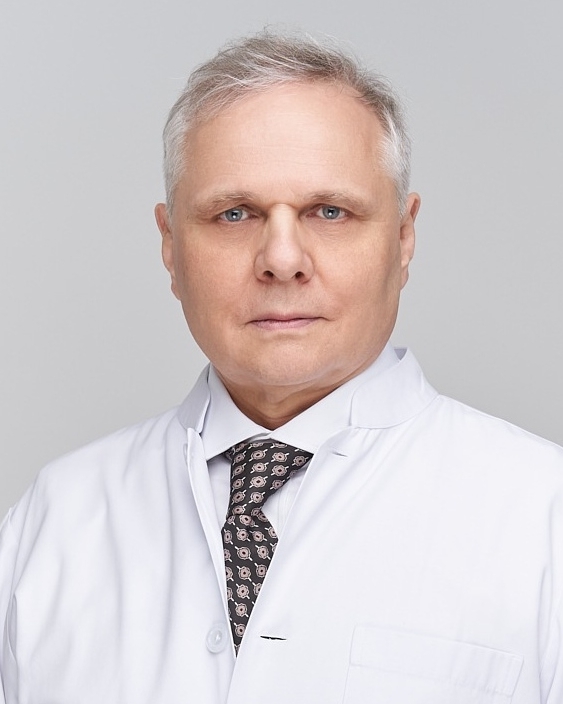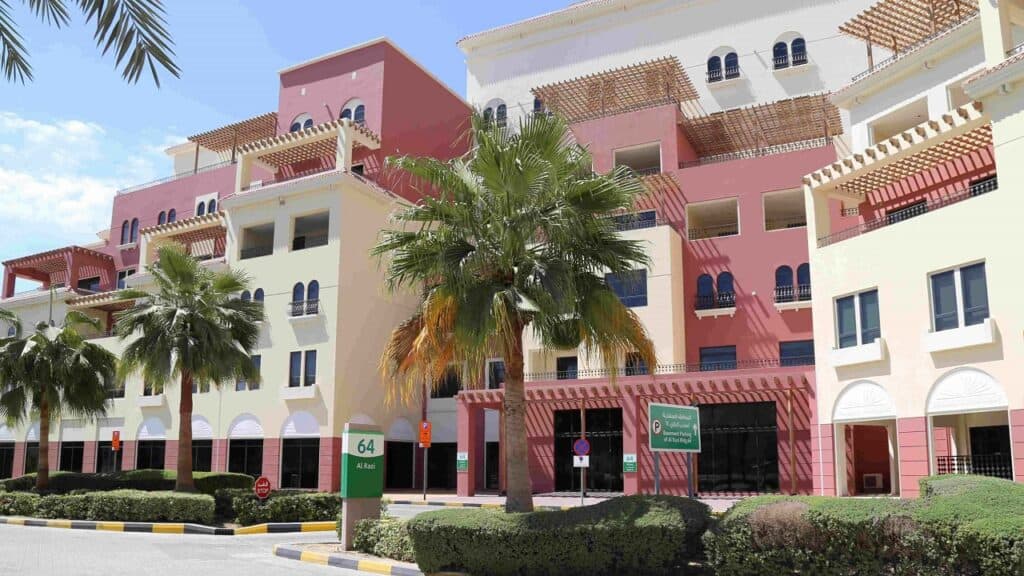
Mania and hypomania are mental states characterized by elevated energy levels, mood, and emotional instability typical for bipolar disorder. Manic episodes are more severe than those of hypomania and are often associated with delusions, such as ideas of grandeur, called megalomania, and hallucinations.
The hypomanic symptoms are less pronounced and characterized by euphoria, elevated energy level, and increased productivity; however, the latter can be perceived by the patient only subjectively.
Patients in a hypomanic state still have a reality proof, allowing them some level of control and to carry on with their daily routine.
Schedule an Appointment with Our Leading Psychiatrist, Dr. Kowal
Call CHMCRead more about bipolar disorders:
- Bipolar Disorder, Diagnostic & Treatment
- Cyclothymic Disorder
- History of Treatment of Bipolar Disorder
- CANMAT Guidelines for Treatment of Bipolar Disorder
- Mood Stabilizers in Treatment of Bipolar Disorder
- Treatment with Lithium for Bipolar Disorder
Symptoms of Mania
A person in a manic episode has reduced reality proof combined with rapidly changing emotions. During the manic phase, patients experience feelings of creativity, energy, hyperactivity, invincibility, or being destined for greatness. Patients in a manic state don’t feel impaired, and they deny that there is anything wrong with them.
While mania feels great at first, it has a tendency to spiral out of control, and it has always had a negative impact on patients professional careers and private lives. Due to poor judgment and impulsive behaviour patients in the manic episode cross their normal moral boundaries, acting recklessly and making foolish business investments, overbuying, gambling, offending friends and family members, or engaging in inappropriate sexual activities. After the manic episode, they are usually confronted with chaos in their social and professional circles, leading frequently to job loss or divorce.
Fully developed mania disables people’s normal functioning and leads to their hospitalization.
Symptoms of Hypomania
People with hypomania have little need for sleep; they feel energetic and subjectively productive. Hypomania symptoms include elevated mood, increased activity, and reduced need for rest. The difference between hypomania and mania lies in severity hypomania lacks psychotic symptoms and is less disruptive to an individual’s daily functioning.
Hypomania is commonly seen in Bipolar-II disorder and cyclothymic disorder, and may also occur in schizoaffective disorder. It appears in cycles, with mood fluctuating between normal states and manic episodes. In hypomania vs mania, the former presents milder symptoms that can be overlooked without proper diagnosis.
Often, people with Bipolar-I Disorder experience both hypomanic and manic episodes. When left untreated, hypomania can escalate into full-blown mania. In many cases, Bipolar-I Disorder begins with hypomania and may evolve into a manic state. Specialized clinics, like those offering German Mania and Hypomania Treatment in Dubai, provide targeted support and psychiatric care for managing these conditions effectively
Mania and Hypomania in Bipolar Disorder
Mania or hypomania are syndromes and not a disorder on their own. They are typical for Bipolar Disorder, but they can be associated with other psychiatric or physical illnesses. Mania is typical for Bipolar I Disorder, while hypomania occurs in Bipolar II Disorder. Conditions such as withdrawal from drugs and alcohol, drug intoxication, or neuroendocrine changes (i.e., hyperthyreosis) can also trigger mania or hypomania.
Today the diagnosis “mania” doesn’t exist in ICD-10 or DSM-5 diagnostic manuals. Both diagnostic manuals do not require the presence of depressive episodes to diagnose the patient with bipolar disorder. After ruling out the secondary cause, a single manic or hypomanic episode may be sufficient to diagnose Bipolar I or Bipolar II Disorder.
Causes of Mania and Hypomania
Mania and hypomania are multifactorial syndromes occurring mostly with Bipolar Disorder. However, they can also be associated with other conditions such as schizoaffective disorder, certain types of psychosis, or delirium.
Manic symptoms can also be caused by physical disorders such as multiple sclerosis or hyperthyroidism, by overdosing on certain medications, for example, corticosteroids, or by the abuse of stimulating drugs.
Treatment of Mania and Hypomania with Medication at CHMC in Dubai
The type of medication used for treatment of hypomania or mania depends on the phase of the illness. Acute manic phases are usually treated with neuroleptics (antipsychotics) combined with mood stabilizers. Commonly used are atypical neuroleptics such as Risperidone, Quetiapine, or Olanzapine; the most suitable mood stabilizer is valproic acid due to its tolerability and waid therapeutic range.
A key part of therapy is preventing relapses. For this, mood stabilizers such as Lithium or antiepileptics like Valproic Acid, Lamotrigine, or Carbamazepine are used. If a patient has predominantly manic episodes, they are often advised to take an atypical neuroleptic along with Lithium or an antiepileptic as a long-term preventive measure.
Treatment of Mixed Episodes
Mixed episodes (where manic and depressive symptoms occur simultaneously) are especially difficult to treat. These usually require a combination of multiple medications, including atypical neuroleptics, antidepressants, and mood stabilizers.
Treatment for Mania and Hypomania with Psychotherapy at CHMC
During acute mania, psychotherapy is usually not feasible. In these cases, medication takes priority, often requiring hospitalization. First, after an initial stabilization, psychotherapy can take place. Even in hypomanic episodes, medication is important, but in parallel, psychotherapy can be applied.
Several psychotherapeutic and psychosocial treatment methods have been shown to be effective in treatment for mania and hypomania. These include:
- Family-focused therapy
- Cognitive behavioral therapy (CBT)
- Interpersonal and social rhythm therapy
- Group psychoeducation
A key goal of therapy is relapse prevention, meaning new episodes should either be avoided or at least delayed as much as possible. A major focus is psychoeducation for both patients and their families. This involves providing information about the causes of the disorder, teaching stress management techniques, recognizing early warning signs of mood episodes, and developing strategies to respond effectively.
These approaches help patients recover more quickly from hypomanic or manic episodes, reduce the frequency of new episodes, and minimize disruptions in work and social life.
Comprehensive Diagnosis and Treatment for Mania and Hypomania in Dubai. Summary
- Manic or hypomanic states are syndromes. They are typical for bipolar disorder but can also appear in other psychiatric or physical conditions. ICD-10 and DSM-5 do not list unipolar mania as a psychiatric disorder. Both manuals integrate mania and hypomania into Bipolar-I disorder or Bipolar-II Disorders.
- Men and women have an equal chance to develop a manic or hypomanic state. The first episode in men tends to be a manic episode, while women are more likely to first experience a depressive episode.
- Genetics and one’s family history appear to both have some influence over the likelihood of being diagnosed with bipolar disorder.
- Differing rates of bipolar disorder have not been reported for different races. Lower socioeconomic status may be slightly linked to a higher rate of bipolar disorder.
- The estimated average age for the onset of bipolar disorder is during the early 20s, although there have been reports of the disorder beginning as early as elementary school. In fact, bipolar disorder appears before age 20 in about one in five manic individuals.
- Younger patients first may suffer cyclothymia, which is basically a less extreme form of bipolar disorder characterized by hypomanic and mild depressive episodes. Although people with cyclothymia display less intense symptoms, nearly half of them will progress to having a full Bipolar Disorder.
http://psychcentral.com/lib/who-gets-bipolar-disorder/000913


